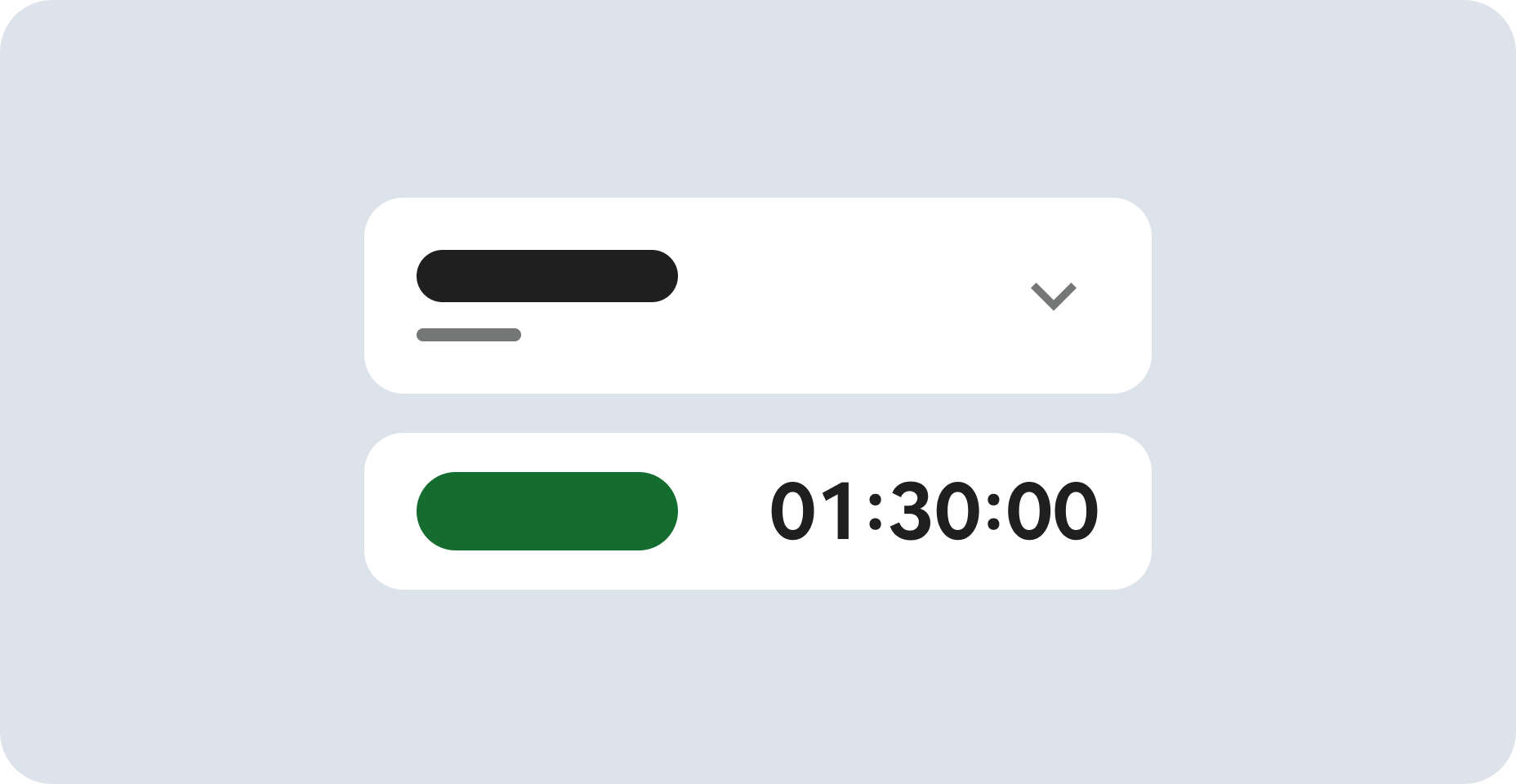
Before you begin
- Labs create a Google Cloud project and resources for a fixed time
- Labs have a time limit and no pause feature. If you end the lab, you'll have to restart from the beginning.
- On the top left of your screen, click Start lab to begin
Remove the overly permissive rules
/ 10
Start the bastion host instance
/ 10
Create a firewall rule that allows SSH (tcp/22) from the IAP service and add network tag on bastion
/ 20
Create a firewall rule that allows traffic on HTTP (tcp/80) to any address and add network tag on juice-shop
/ 20
Create a firewall rule that allows traffic on SSH (tcp/22) from acme-mgmt-subnet network address and add network tag on juice-shop
/ 20
SSH to bastion host via IAP and juice-shop via bastion
/ 20
In a challenge lab you’re given a scenario and a set of tasks. Instead of following step-by-step instructions, you will use the skills learned from the labs in the course to figure out how to complete the tasks on your own! An automated scoring system (shown on this page) will provide feedback on whether you have completed your tasks correctly.
When you take a challenge lab, you will not be taught new Google Cloud concepts. You are expected to extend your learned skills, like changing default values and reading and researching error messages to fix your own mistakes.
To score 100% you must successfully complete all tasks within the time period!
This lab is recommended for students who have enrolled in the Build a Secure Google Cloud Network skill badge. Are you ready for the challenge?
Read these instructions. Labs are timed and you cannot pause them. The timer, which starts when you click Start Lab, shows how long Google Cloud resources are made available to you.
This hands-on lab lets you do the lab activities in a real cloud environment, not in a simulation or demo environment. It does so by giving you new, temporary credentials you use to sign in and access Google Cloud for the duration of the lab.
To complete this lab, you need:
You are a security consultant brought in by Jeff, who owns a small local company, to help him with his very successful website (juice-shop). Jeff is new to Google Cloud and had his neighbour's son set up the initial site. The neighbour's son has since had to leave for college, but before leaving, he made sure the site was running.
Below is the current set up:
You need to create the appropriate security configuration for Jeff's site. Your first challenge is to set up firewall rules and virtual machine tags. You also need to ensure that SSH is only available to the bastion via IAP.
For the firewall rules, make sure that:
juice-shop via the bastion.juice-shop.Tips and tricks:
Suggested order of action.
juice-shop server serves HTTP traffic. Create a firewall rule that allows traffic on HTTP (tcp/80) to any address. The firewall rule must be enabled for the juice-shop instance using a network tag of juice-shop from the bastion using SSH. Create a firewall rule that allows traffic on SSH (tcp/22) from acme-mgmt-subnet network address. The firewall rule must be enabled for the juice-shop instance using a network tag of juice-shop.You've completed the challenge lab and helped Jeff tighten security.
This skill badge is part of Google Cloud’s Network Engineer and Security Engineer learning paths. If you have already completed the other skill badges in this learning path, search the Google Cloud Skills Boost catalog for 20+ other skill badges in which you can enroll.
...helps you make the most of Google Cloud technologies. Our classes include technical skills and best practices to help you get up to speed quickly and continue your learning journey. We offer fundamental to advanced level training, with on-demand, live, and virtual options to suit your busy schedule. Certifications help you validate and prove your skill and expertise in Google Cloud technologies.
Manual Last Updated February 4, 2025
Manual Last Tested February 4, 2025
Copyright 2025 Google LLC. All rights reserved. Google and the Google logo are trademarks of Google LLC. All other company and product names may be trademarks of the respective companies with which they are associated.

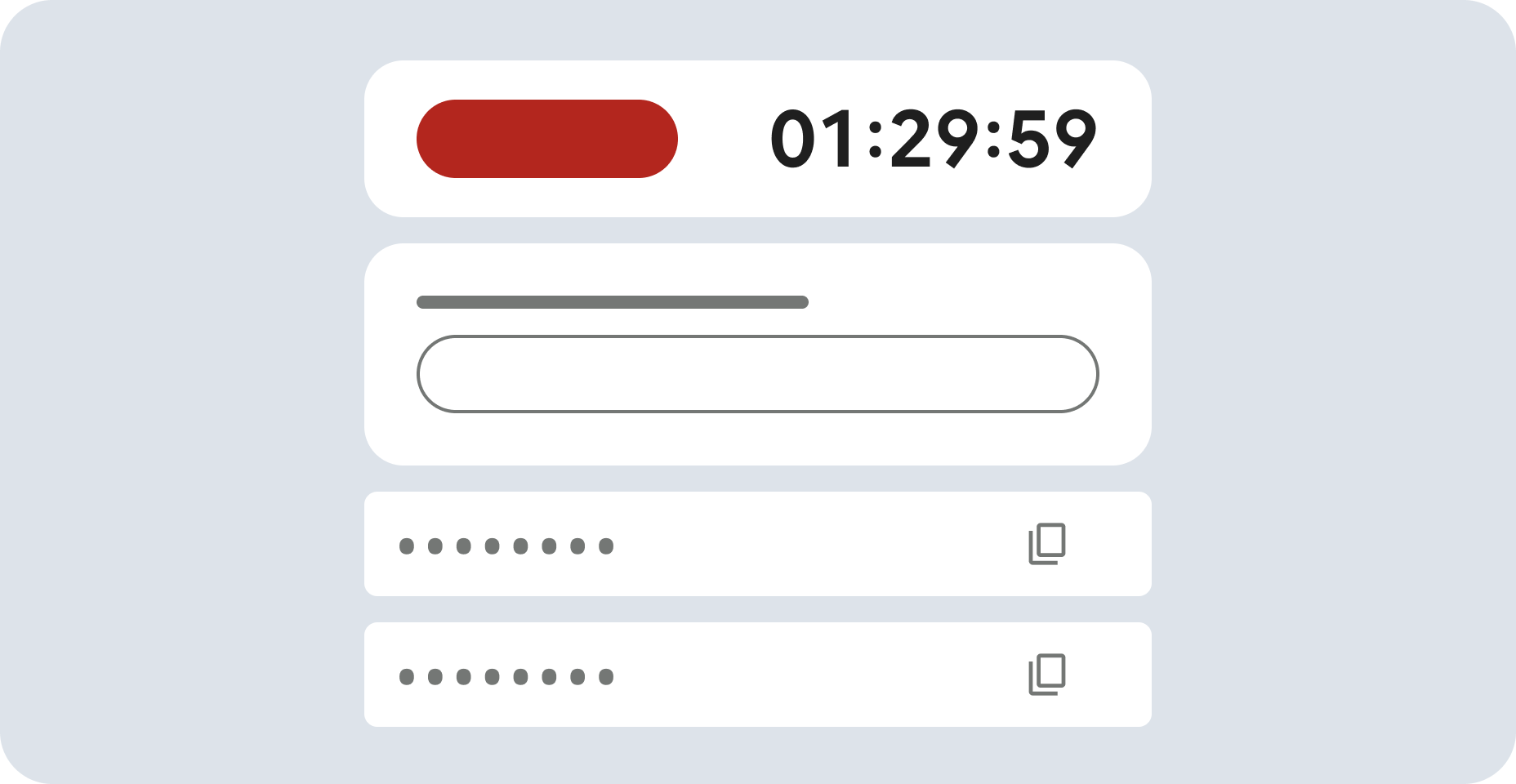
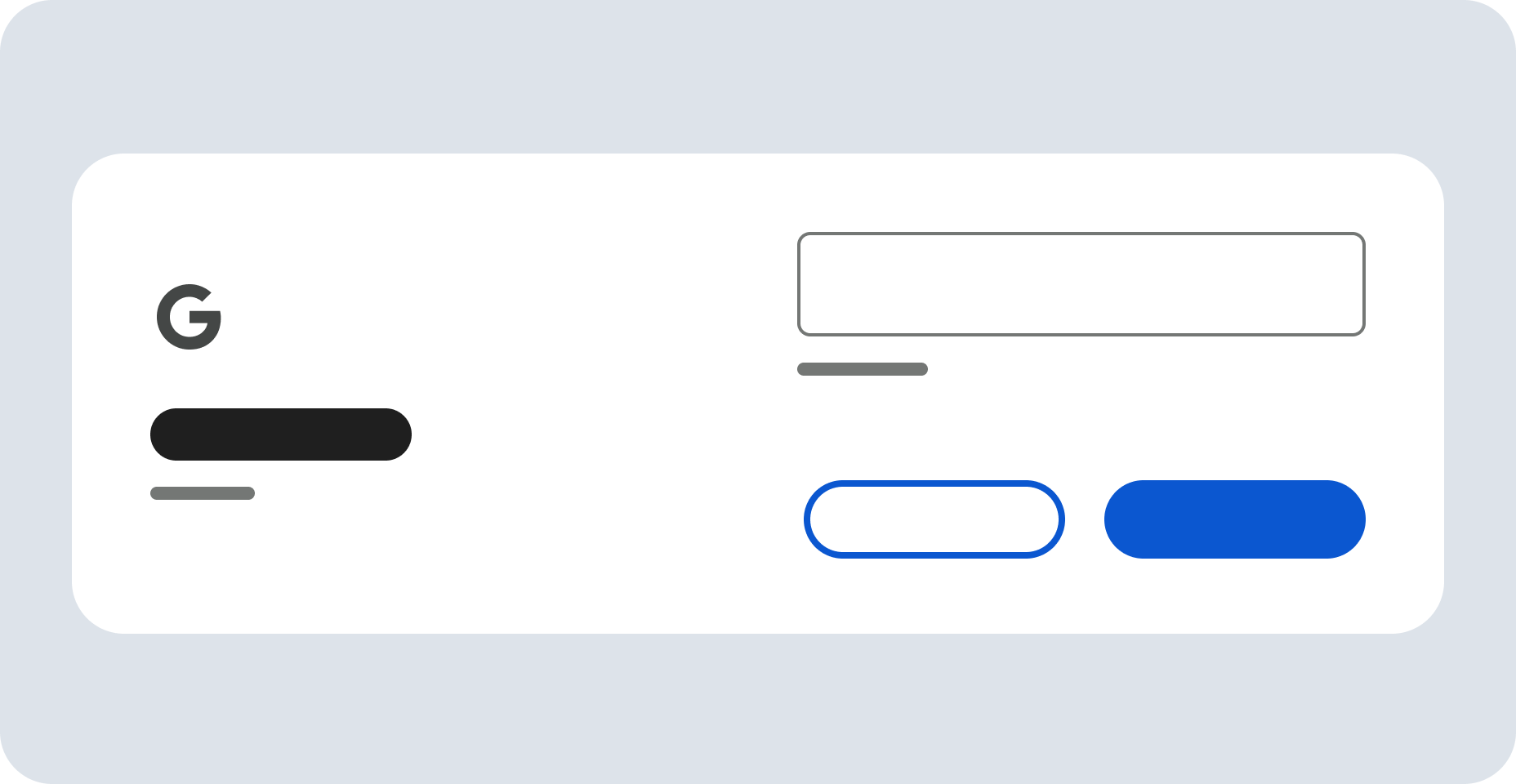
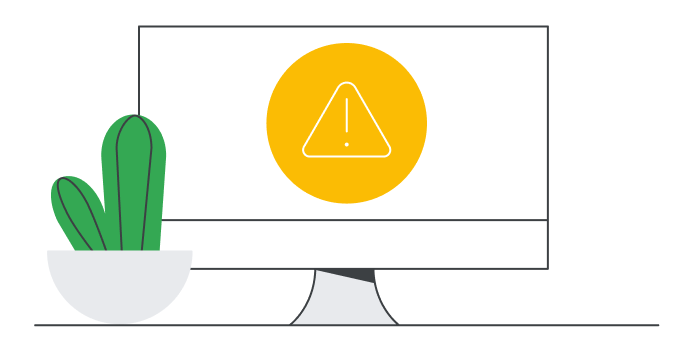
This content is not currently available
We will notify you via email when it becomes available
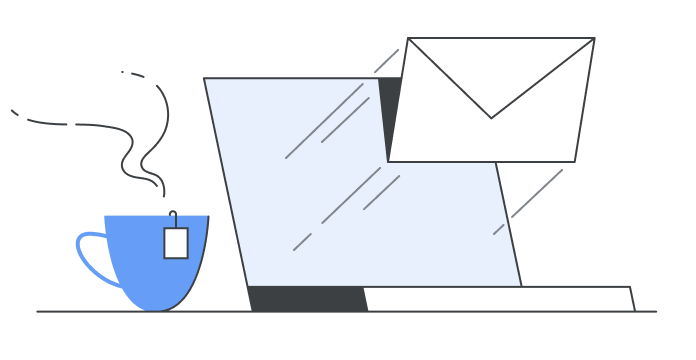
Great!
We will contact you via email if it becomes available


One lab at a time
Confirm to end all existing labs and start this one
